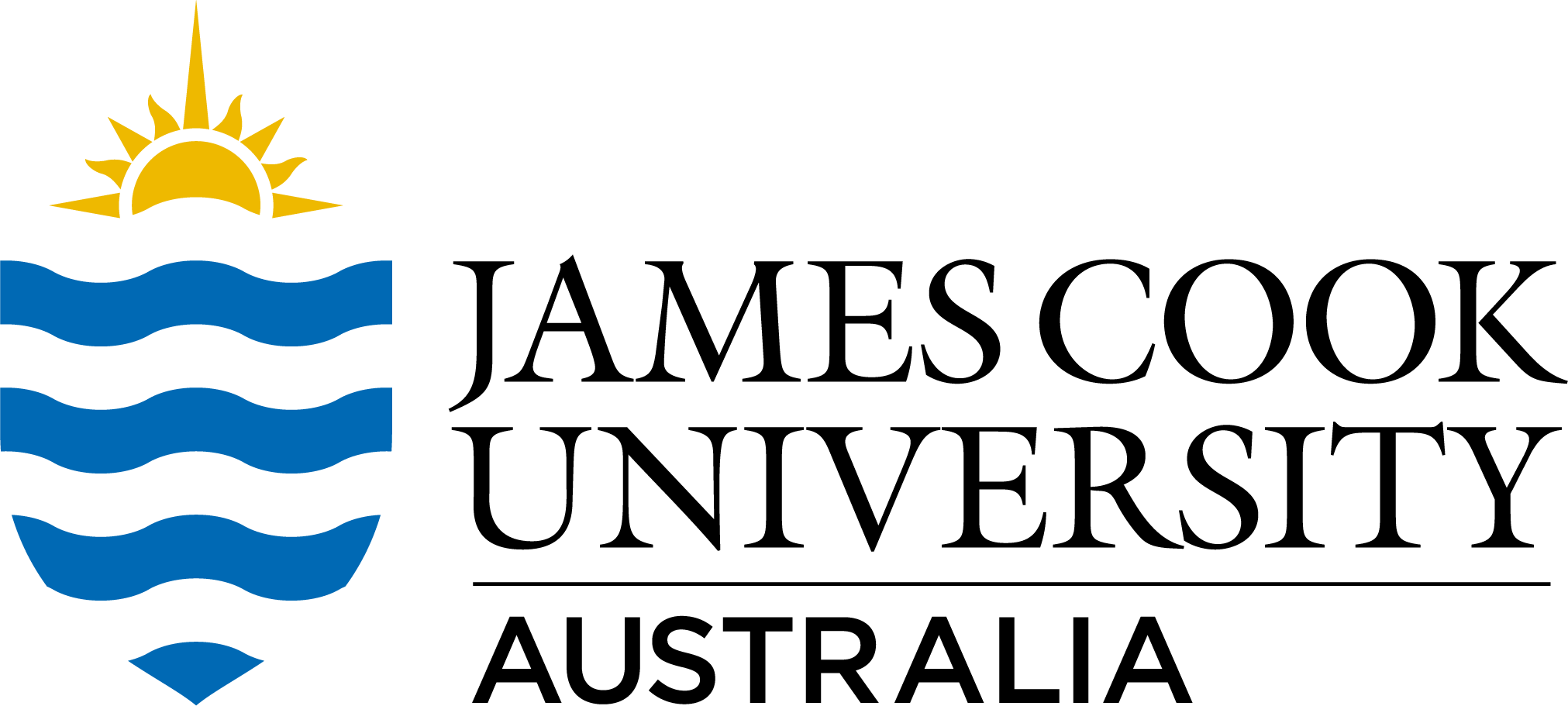Full description
Abstract [Related Publication]: Malaria is the most important vector-borne disease in the world. Epidemiological and ecological studies of malaria traditionally utilize detection of Plasmodium sporozoites in whole mosquitoes or salivary glands by microscopy or serological or molecular assays. However, these methods are labor-intensive, and can over- or underestimate mosquito transmission potential. To overcome these limitations, alternative sample types have been evaluated for the study of malaria. It was recently shown that Plasmodium could be detected in saliva expectorated on honey-soaked cards by Anopheles stephensi, providing a better estimate of transmission risk. We evaluated whether excretion of Plasmodium falciparum nucleic acid by An. stephensi correlates with expectoration of parasites in saliva, thus providing an additional sample type for estimating transmission potential. Mosquitoes were exposed to infectious blood meals containing cultured gametocytes, and excreta collected at different time points post-exposure. Saliva was collected on honey-soaked filter paper cards, and salivary glands were dissected and examined microscopically for sporozoites. Excreta and saliva samples were tested by real time polymerase chain reaction (RT-rtPCR).
The dataset consists of a 6 worksheets and includes a description of the parameters for each of the 5 experiments listed below and the data for each experiment:
- Description (parameters)
- Plasmodium in excreta from groups of mosquitoes
- Plasmodium in excreta, saliva and salivary glands
- Evaluation of parasite development in the mosquito - Parasite_dev_oocyst
- Evaluation of parasite development in the mosquito - Parasite_dev_sporos
- Survival analysis
The full methodology is available in the Open Access publication from the Related Publications link below.
Notes
This dataset is available as a spreadsheet saved in both MS Excel (.xlsx) and Open Document (.ods) formats.
Created: 2019-08-22
User Contributed Tags
Login to tag this record with meaningful keywords to make it easier to discover
- DOI : 10.25903/5D5DE1E49AAE9

- Local : researchdata.jcu.edu.au//published/26de479b75318f5c2b4734dbdb2060b9
- Local : c964e23f32e65979480c581964443448


